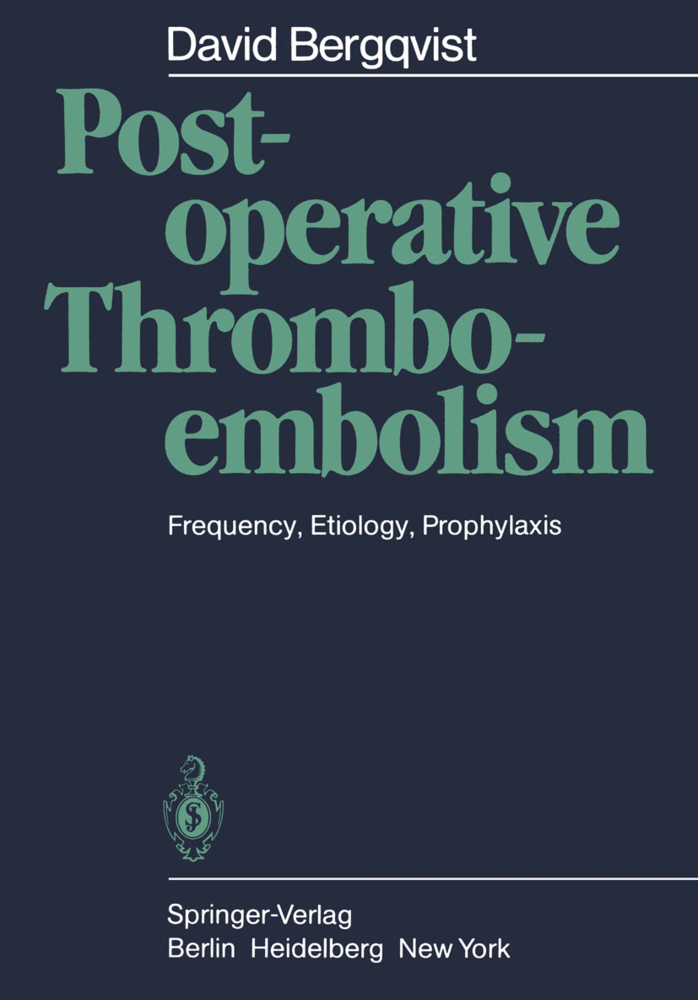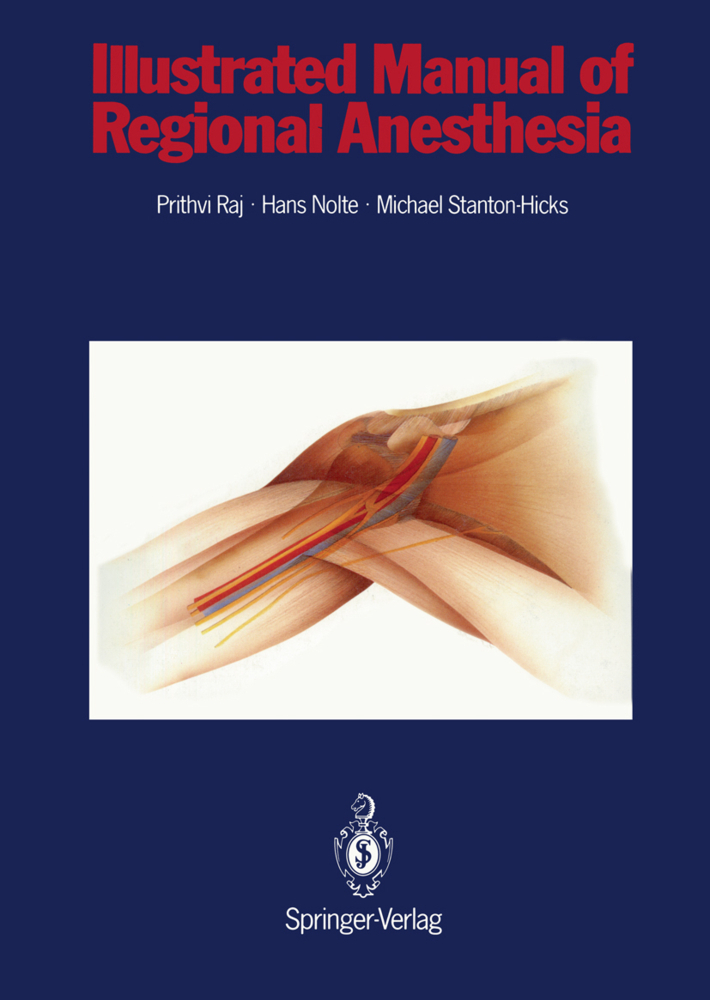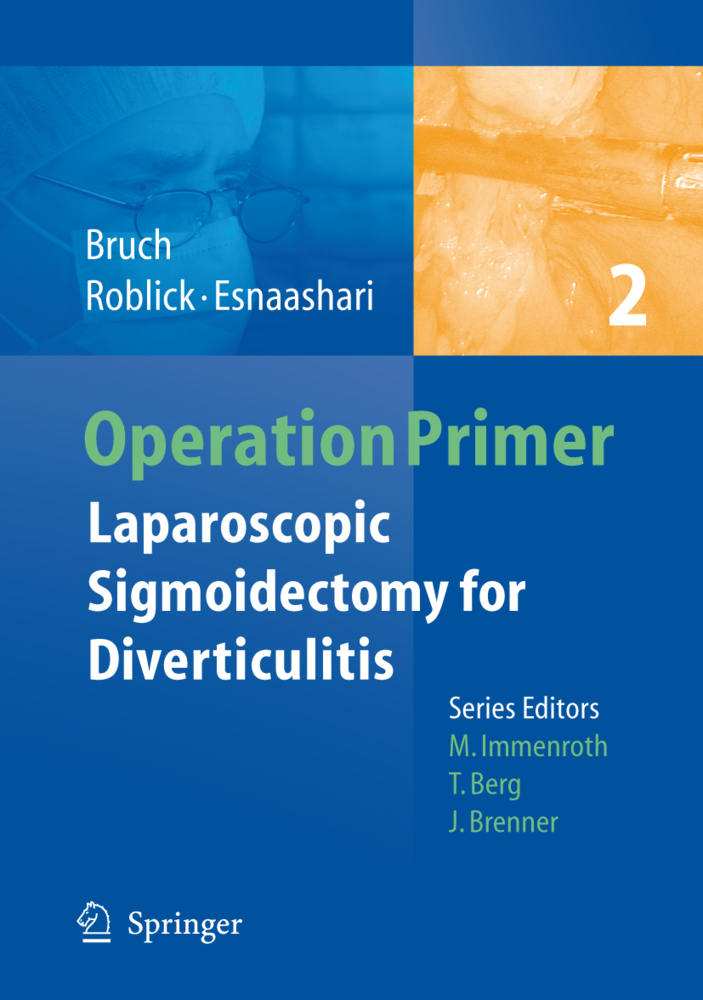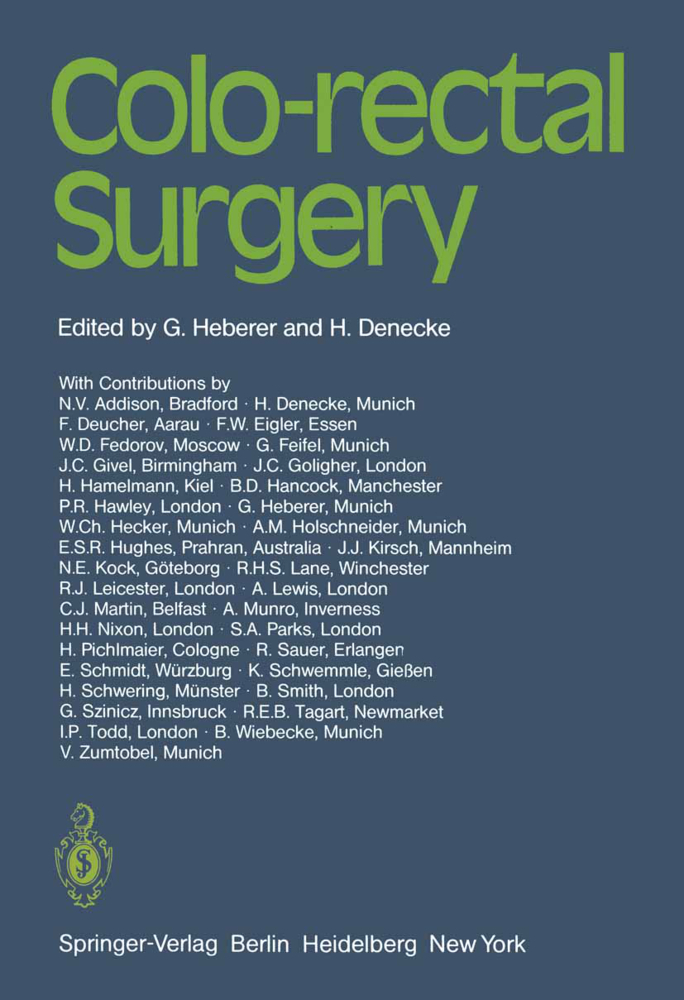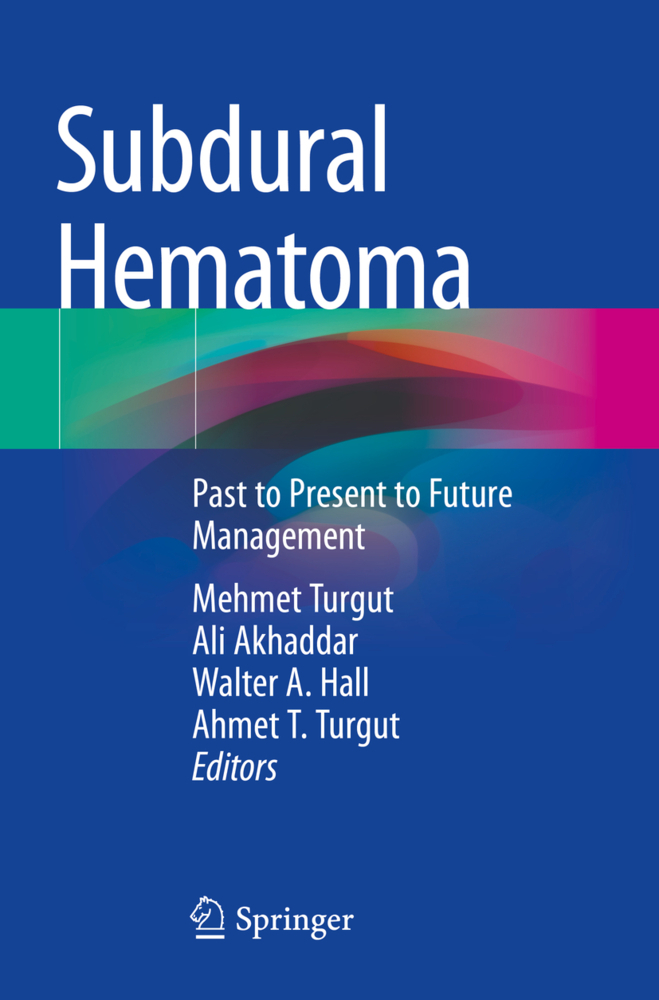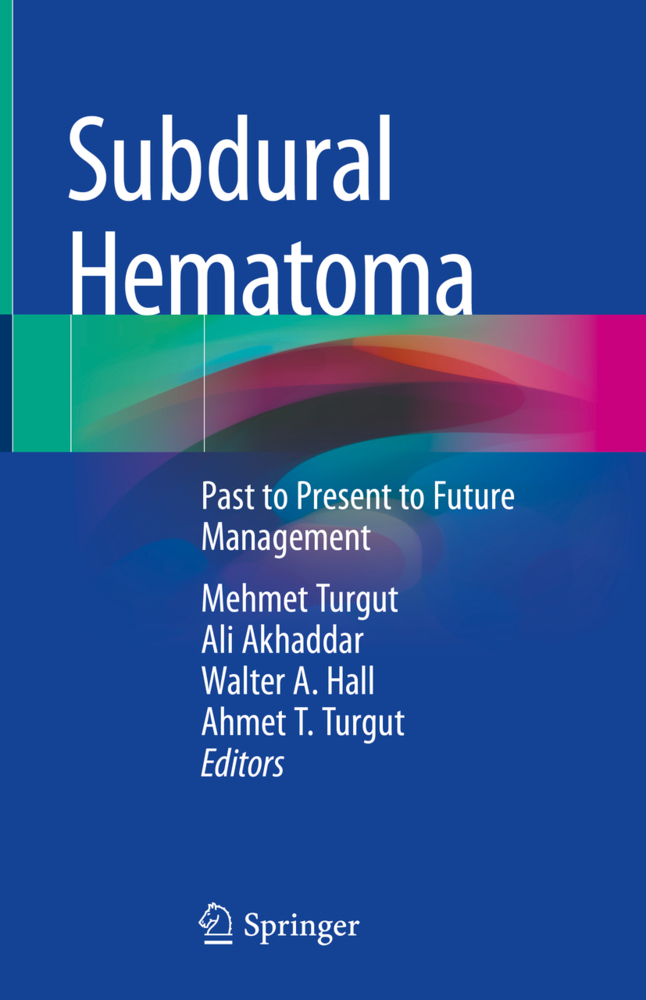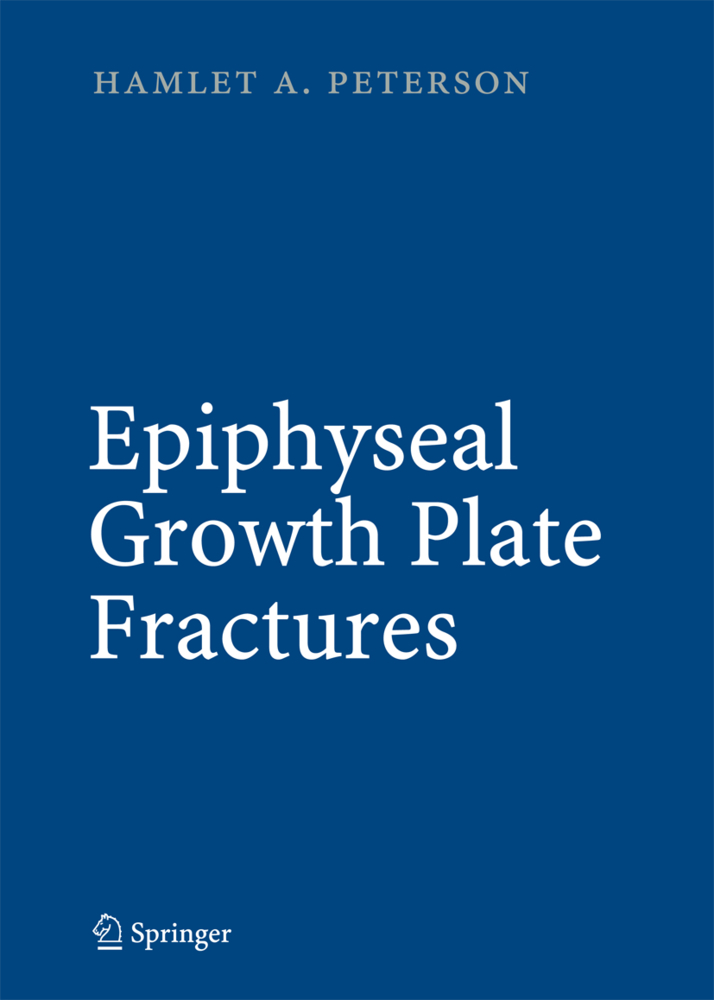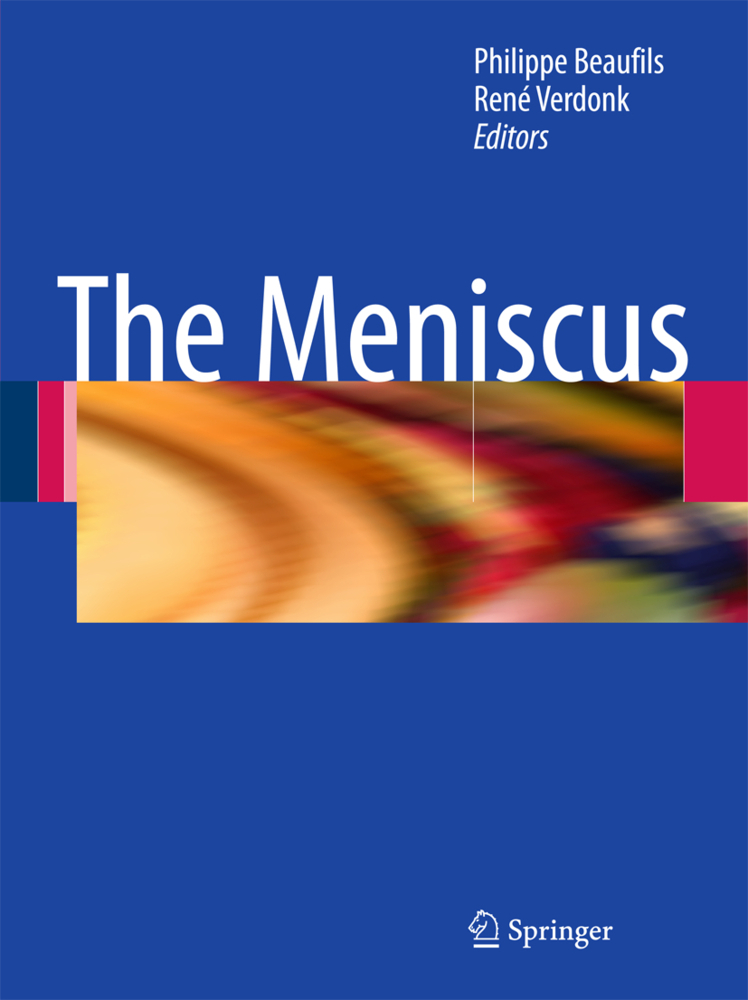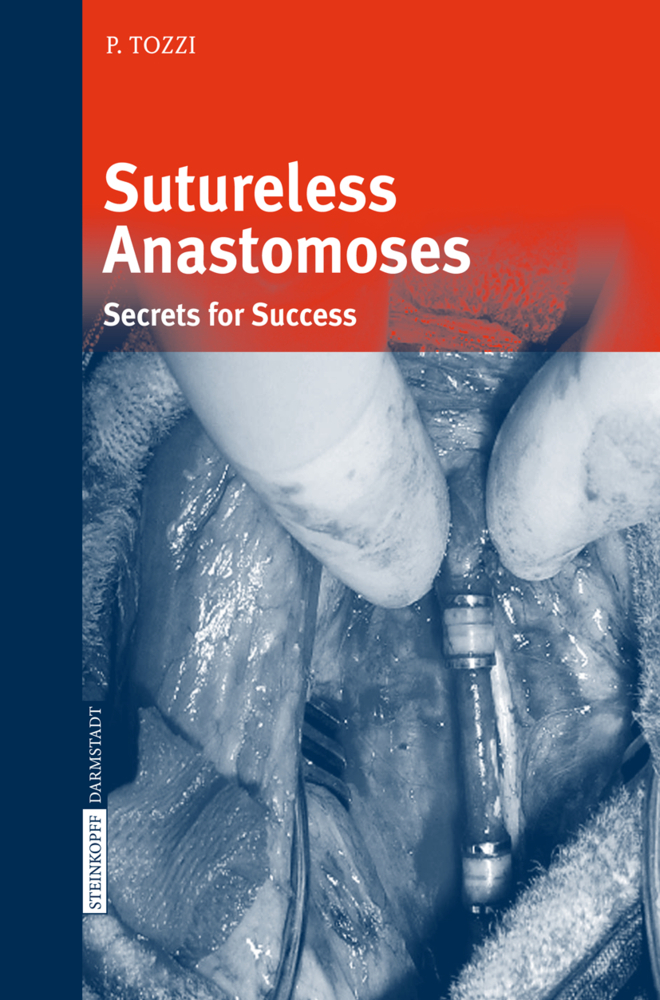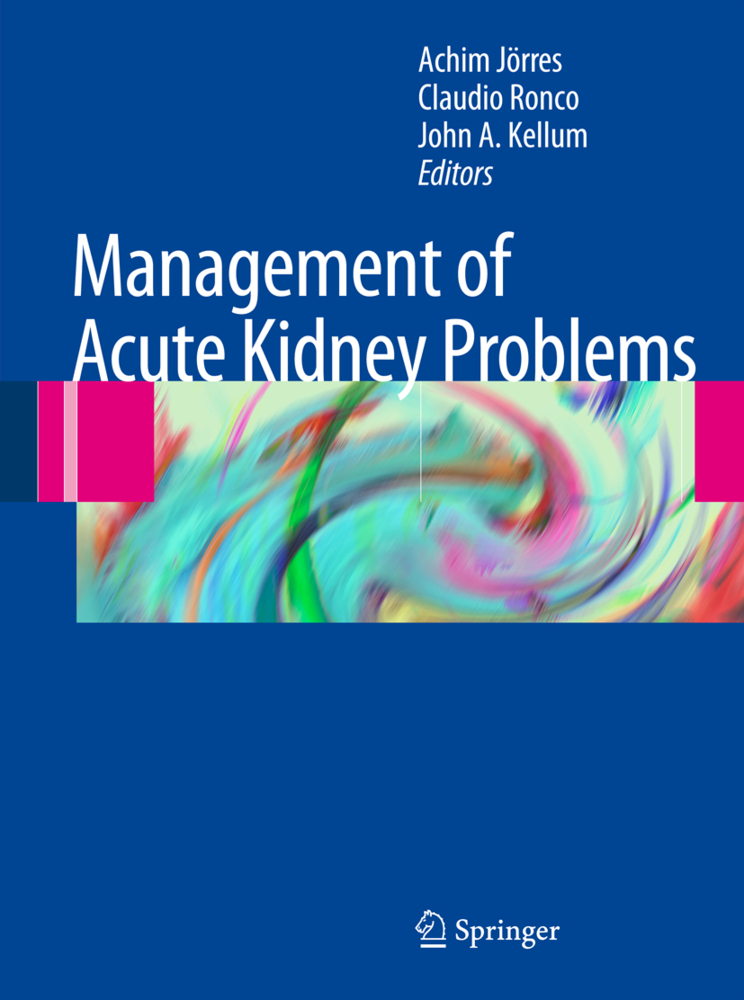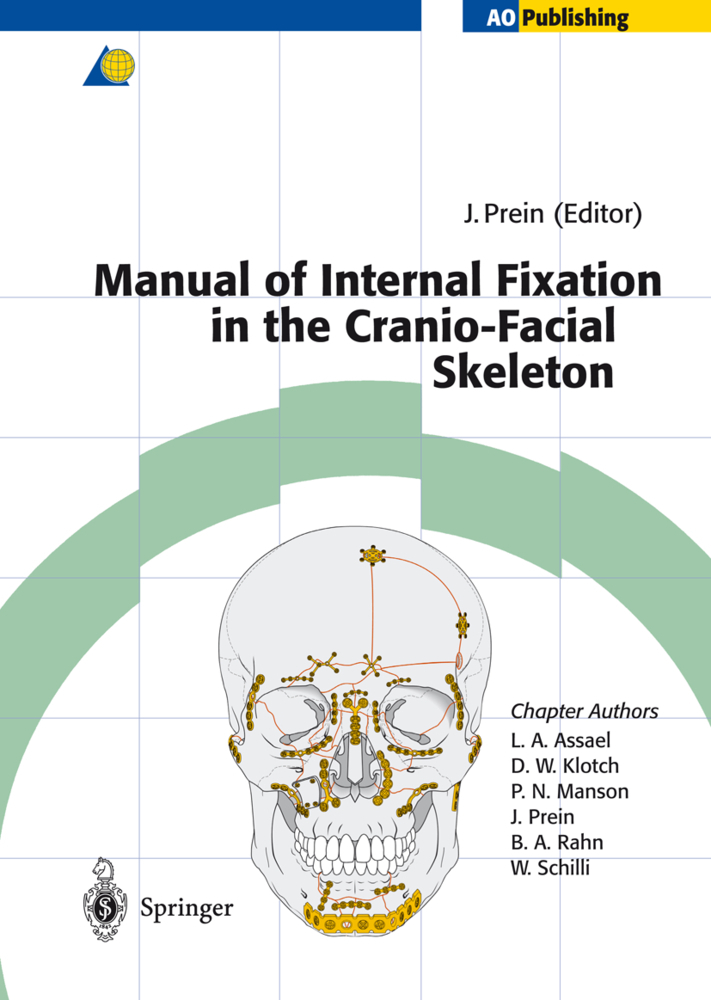Postoperative Thromboembolism
Frequency, Etiology, Prophylaxis
Postoperative Thromboembolism
Frequency, Etiology, Prophylaxis
Our knowledge of postoperative thromboembolic complications has increased enormously over the past 2 decades, particularly where diag nosis and prophylaxis are concerned. The 125 I-fibrinogen method of diagnosing thrombosis has completely changed our concept of the frequency, occurrence, and natural course of thrombosis, and it has formed the basis of most thromboprophylactic studies. Concurrently with the development of this diagnostic method, two methods for the prophylaxis of thrombosis have come into vo gue, namely low-dose heparin and dextran. Both these methods were tested in very extensive studies during the seventies, and their value has been unequivocally proved, for reducing both the frequency of thrombosis with and without symptoms, and the frequency of fatal pulmonary embolism. Thromboprophylaxis is not particularly common in surgery; how ever, and its general use is far from uncontested. It has been argued that not only does it complicate surgical activities and make them mo re expensive, but it also involves an unacceptable number of other complications.
Frequency of Thromboembolic Complications
Diagnosis of Deep Vein Thrombosis
Diagnosis of Pulmonary Embolism
Incidence of Thrombosis
Incidence of Pulmonary Embolism
Incidence of Post-thrombotic Venous Insufficiency
Time of Onset of Thromboembolism
Summary
Pathogenesis of Thrombosis
Changes of the Vessel Wall
Changes in the Blood Flow
Changes of Blood Properties
Postoperative Thrombosis. The Pathogenetic Hypothesis..
Summary
Risk Factors
Importance of the Type of Anesthesia
Geographic Factors
Seasonal Variation
Other Factors
Risk Factor Assessment
Summary
Prophylaxis of Thromboembolism
Mechanical Methods
Oral Anticoagulants
Ancrod
Low-Dose Heparin
Heparin Analogues
Dihydroergotamine and a Combination of Dihydroergotamine and Low-Dose Heparin
Platelet-Influencing Agents
Dextran
Comparative Studies of Low-Dose Heparin and Dextran
Other Prophylactic Methods
Combination Prophylaxis
Use of Prophylaxis
Prophylaxis Against Thromboembolism in Various Clinical Situations
References
Books and Reviews Dealing with Thromboprophylactic Problems
Subject Index..
Definitions
HistoryFrequency of Thromboembolic Complications
Diagnosis of Deep Vein Thrombosis
Diagnosis of Pulmonary Embolism
Incidence of Thrombosis
Incidence of Pulmonary Embolism
Incidence of Post-thrombotic Venous Insufficiency
Time of Onset of Thromboembolism
Summary
Pathogenesis of Thrombosis
Changes of the Vessel Wall
Changes in the Blood Flow
Changes of Blood Properties
Postoperative Thrombosis. The Pathogenetic Hypothesis..
Summary
Risk Factors
Importance of the Type of Anesthesia
Geographic Factors
Seasonal Variation
Other Factors
Risk Factor Assessment
Summary
Prophylaxis of Thromboembolism
Mechanical Methods
Oral Anticoagulants
Ancrod
Low-Dose Heparin
Heparin Analogues
Dihydroergotamine and a Combination of Dihydroergotamine and Low-Dose Heparin
Platelet-Influencing Agents
Dextran
Comparative Studies of Low-Dose Heparin and Dextran
Other Prophylactic Methods
Combination Prophylaxis
Use of Prophylaxis
Prophylaxis Against Thromboembolism in Various Clinical Situations
References
Books and Reviews Dealing with Thromboprophylactic Problems
Subject Index..
Bergqvist, David
| ISBN | 978-3-540-12062-9 |
|---|---|
| Artikelnummer | 9783540120629 |
| Medientyp | Buch |
| Copyrightjahr | 1983 |
| Verlag | Springer, Berlin |
| Umfang | XI, 234 Seiten |
| Abbildungen | XI, 234 p. |
| Sprache | Englisch |

